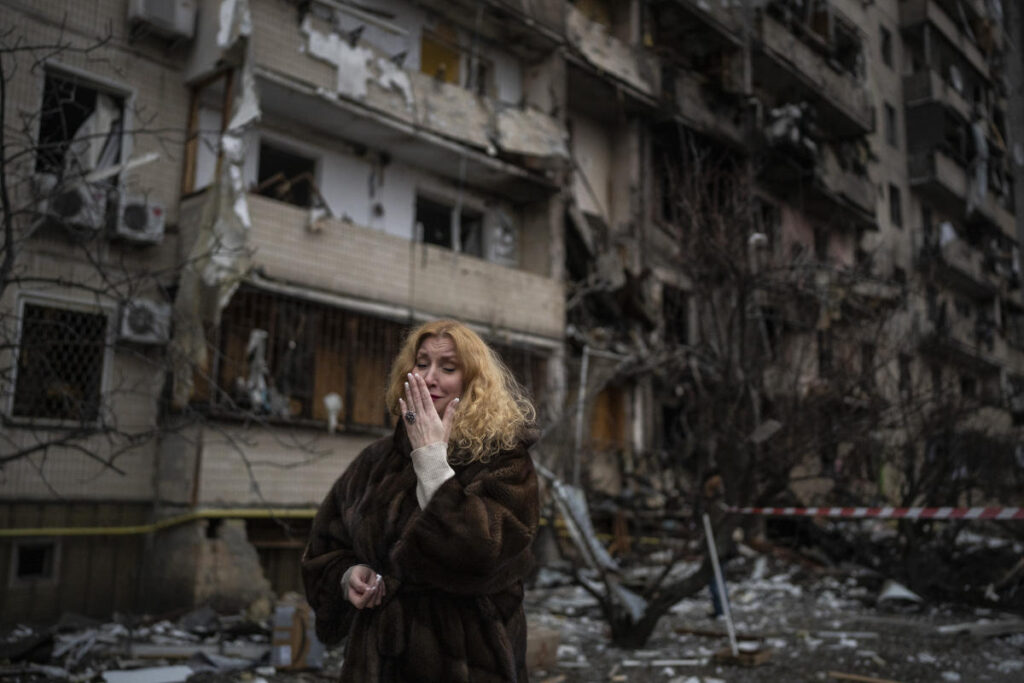Since the onset of Russia’s full-scale invasion of Ukraine on February 24, 2022, the conflict has evolved into Europe’s largest war since World War II, profoundly impacting the lives of countless individuals on both sides. Over the course of nearly a thousand days, the war has led to staggering casualties, with tens of thousands of soldiers and civilians losing their lives. In Ukraine, the human cost has been particularly devastating, as civilian populations endure the consequences of relentless violence. The invasion has shattered families, displacing them from their homes and stripping them of their livelihoods, leaving many in dire straits and struggling for survival.
The nature of the warfare in Ukraine has been marked by the indiscriminate targeting of civilian infrastructure, with Russian forces employing an array of missiles, drones, and artillery to carry out devastating attacks. Entire neighborhoods have been reduced to rubble, homes erased within moments, and essential public services have been crippled. The destruction of the national power grid has plunged many regions into darkness, often leaving people to rely on candles for light at night, dramatically enhancing the sense of insecurity and instability. As entire communities are caught in the throes of war, they must adapt to their new realities while grappling with overwhelming loss.
The trauma inflicted on Ukrainian society is multifaceted. In cities like Mariupol, where heavy shelling has made proper burials impossible, residents have resorted to digging mass graves, highlighting the desperation that war brings. The war’s impact is starkly visible in the emotional toll of funerals for both soldiers and civilians, including children, as the grief of families and communities resonates throughout the nation. This ongoing cycle of loss and mourning underscores the widespread suffering experienced across Ukraine as families are torn apart and the social fabric frays.
Amidst the chaos and devastation, the resilience of the Ukrainian people has emerged, albeit in harrowing circumstances. Many have fled the country, seeking refuge abroad in the face of escalating violence, while those who remain often face an uncertain future. Forced into a daily struggle for survival, Ukrainians are compelled to demonstrate remarkable ingenuity and resourcefulness in the face of adversity. This is encapsulated in the powerful imagery captured by Associated Press photographers, who have documented the human experience throughout this prolonged conflict, portraying both the anguish and the spirit of the Ukrainian people.
Significantly, the media coverage of the war has brought international attention to the plight of those affected by the conflict. The Associated Press has played a crucial role in shedding light on the realities of life during wartime, and its photographers have captured some of the most profound moments of this struggle. One particularly poignant image includes that of a wounded pregnant woman being evacuated from the besieged city of Mariupol, a tragic representation of the war’s toll on innocent civilians. Such images have not only documented the harsh realities of the conflict but also served to evoke empathy and raise awareness on a global scale.
The culmination of the Associated Press’s efforts in documenting the war has been recognized through prestigious accolades, including two Pulitzer Prizes for their coverage of the conflict in Ukraine. Such recognition underscores the significance of their work and the importance of portraying the stark realities of war. The ongoing documentary narrative, highlighted by projects such as Mstyslav Chernov’s “20 Days in Mariupol,” resonates with audiences worldwide, providing a visceral insight into the human stories behind the statistics. As the war rages on, the world continues to watch and bear witness to the unfolding tragedy, while the experiences of those involved will undoubtedly echo in history for years to come.

